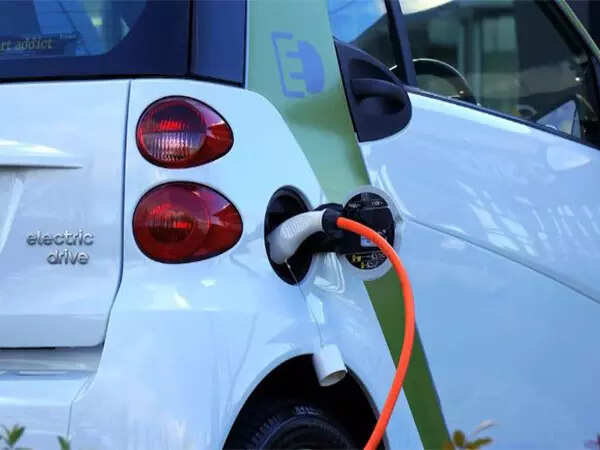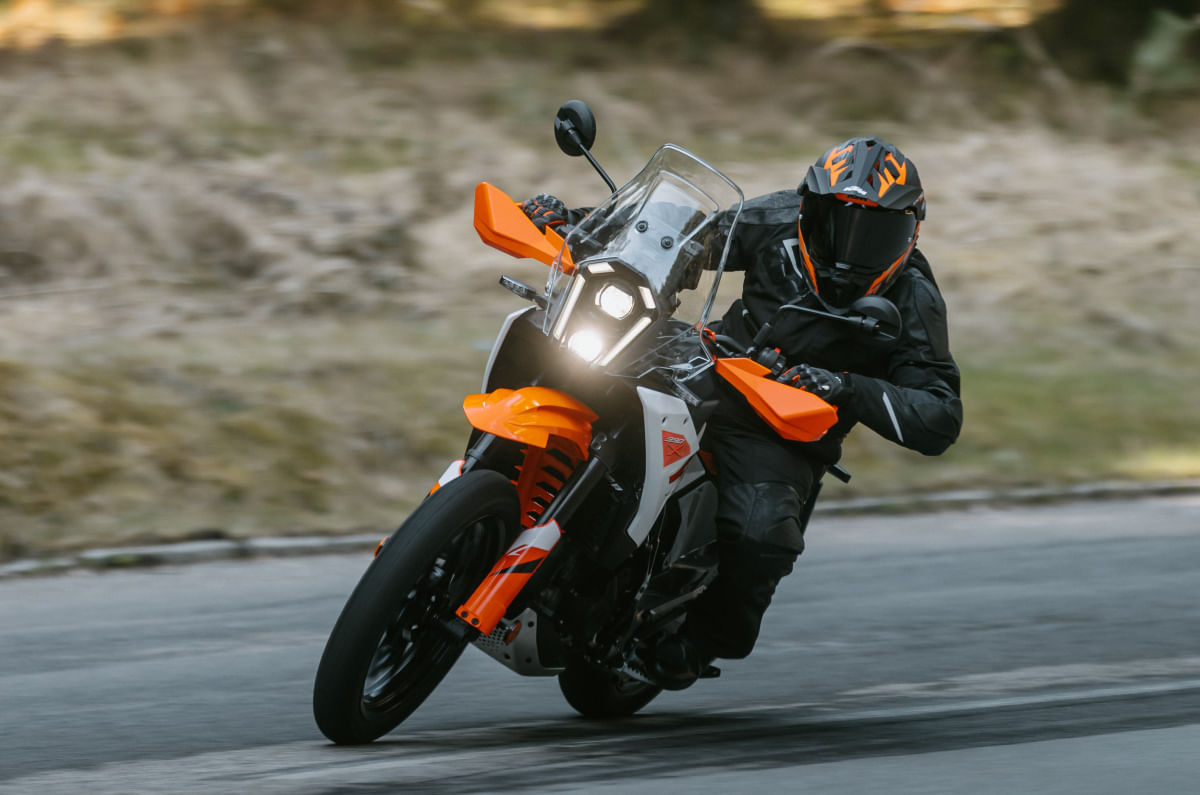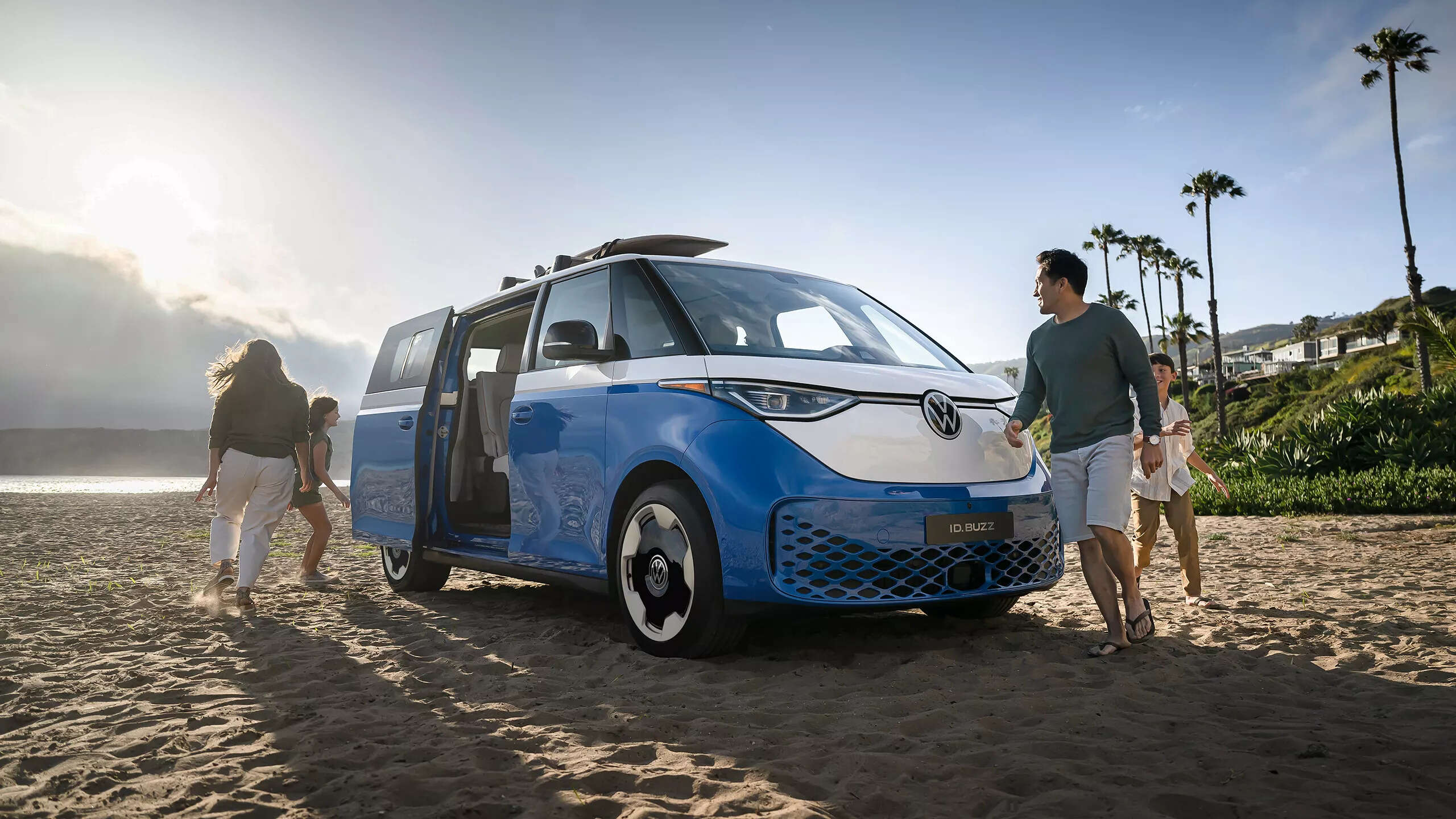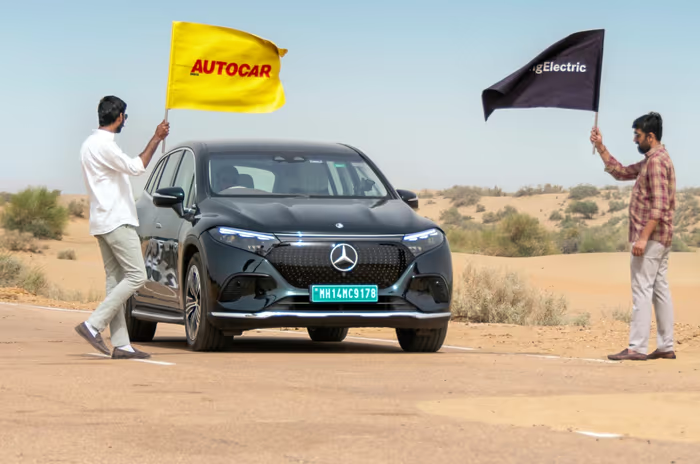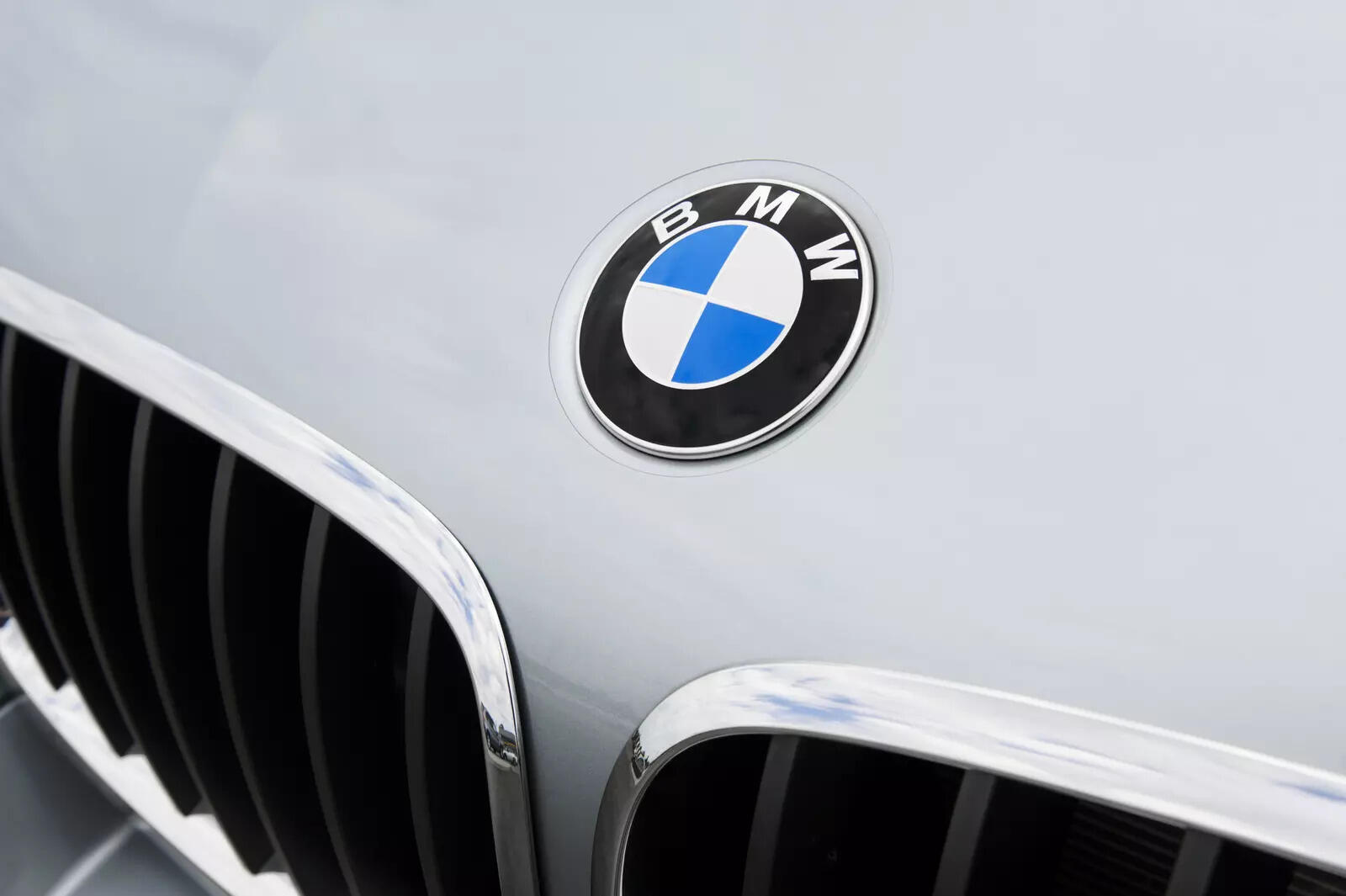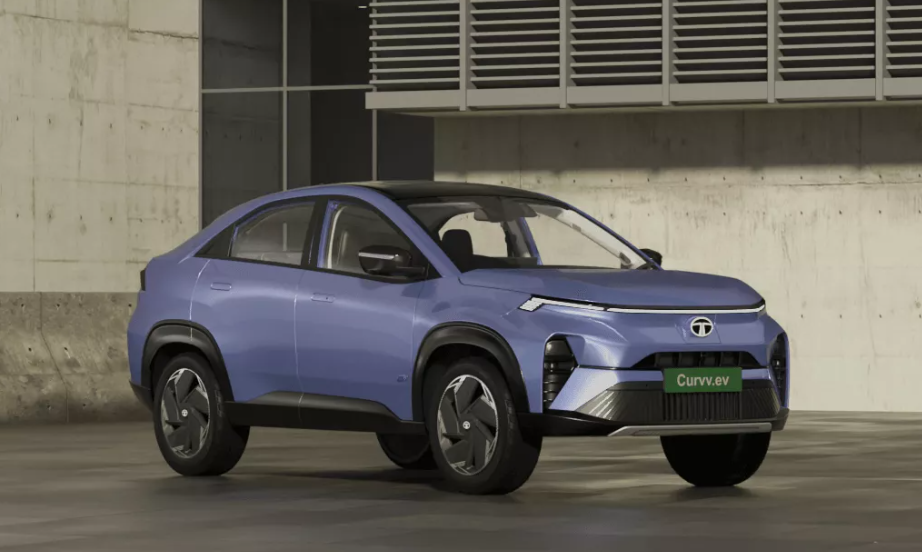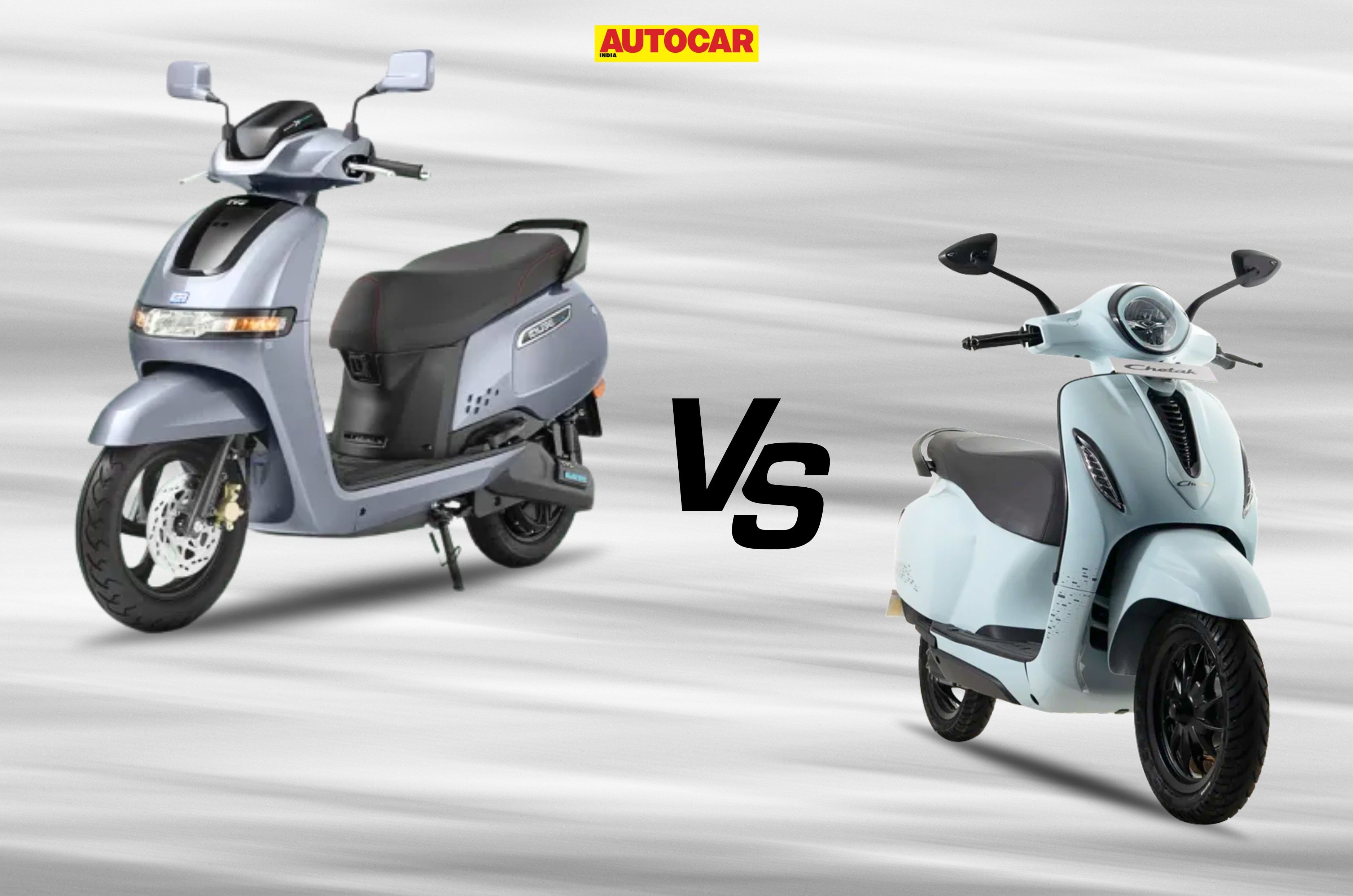
The iQube 2.2 and the Chetak 3001 are priced almost on par.
Of late, the electric scooter market has been dominated by the TVS iQube and Bajaj Chetak and it’s not hard to see why. Both are impressive products that come from reputed companies with expansive dealer networks, a wide variety of variants and tempting price tags for their entry-level models. Here, we’ve stacked the similarly priced base iQube 2.2 (Rs 1.02 lakh) against the Chetak 3001 (Rs 99,900) to see which one offers you more for your money on paper.
TVS IQUBE 2.2 vs Bajaj Chetak 3001: Battery and Range
Chetak uses a bigger battery pack and has more range
The primary comparison point of any two electric vehicles is the battery size and its range. Powering the iQube 2.2 is a (you guessed it) 2.2kWh battery pack with a claimed IDC range of 94km. On the other hand, the Chetak 3001 is powered by a much larger 3kWh battery pack delivering a claimed IDC range of 127km. This is an area where the Chetak scores an easy, yet big win.
| Battery and range | ||
|---|---|---|
| TVS iQube 2.2 | Bajaj chetak 3001 | |
| Battery capacity | 2.2kwh | 3kwh |
| Claimed IDC range | 94km | 127km |
TVS Iqube 2.2 vs Bajaj Chetak 3001: Charging Time
iQube goes from 0-100 percent quicker than Chetak goes from 0-80 percent charge
Long charging times are one of the biggest reasons why people shy away from EVs but both the base iQube and Chetak variants are pretty quick in this regard. The iQube 2.2 comes with a decently quick 650W charger and has a claimed 0-80 percent charge time of 2hr45min. In comparison, the Chetak 3001 comes with an even faster 750W charger that can top up its battery from 0-80 percent SOC in 3hr50min.
A few months ago, we subjected the iQube 2.2 to our exhaustive road test and interestingly, a 0-100 percent SOC charge on this variant takes just 3hr24min, which is quicker than even the Chetak 3001’s 0-80 percent time.
| Charging details | ||
|---|---|---|
| TVS iQube 2.2 | Bajaj chetak 3001 | |
| Charging time (0-80 percent) | 2hr45min | 3hr50min |
| Charger wattage | 650W | 750W |
TVS iQube 2.2 vs Bajaj Chetak 3001: Features and bootspace
Both have an extensive features list and distinct USPs
Both scooters have a comprehensive feature-set and as you’ll read on, there’s a bit of give and take between the two in this regard. The TVS iQube 2.2 has a colour TFT display with Bluetooth connectivity, two riding modes (Eco and Power), reverse assist and a spacious (but not very deep) 30 litre underseat storage area. The iQube’s USPs here are that it comes with a front disc brake and a higher 75kph top speed.
Moving on, the Chetak 3001 has a colour LCD display with Bluetooth for call alerts and music playback, two riding modes (Eco and Sport), reverse assist and an even bigger 35 litre boot. The Chetak’s trump card here is that it comes with hill-hold assist but it is let down by its drum brakes and its lower 63kph top speed. The iQube comes across as the more rounded package here.
| Features | ||
|---|---|---|
| TVS iQube 2.2 | Bajaj chetak 3001 | |
| TFT display | Yes | No |
| Riding modes | Yes | Yes |
| Reverse assist | Yes | Yes |
| Front disc brake | Yes | No |
| Hill-hold assist | No | Yes |
| Top speed | 75kph | 63kph |
TVS iQube 2.2 vs Bajaj Chetak 3001: Price and verdict
These variants of the iQube and Chetak are priced almost on par
At Rs 99,900, the Bajaj Chetak 3001 is the more affordable scooter here but With a price tag of Rs 1.02 lakh, the TVS iQube 2.2, isn’t too much more expensive. The Chetak may be lacking in some areas compared to the iQube but it has noticeably more range, which is a trump card that simply cannot be overlooked. Therefore, picking between the two will ultimately boil down to your needs and preferences.
| Price | ||
|---|---|---|
| TVS iQube 2.2 | Bajaj chetak 3001 | |
| Price | Rs 1.02 lakh | Rs 99,900 |
All prices ex-showroom, Bengaluru










